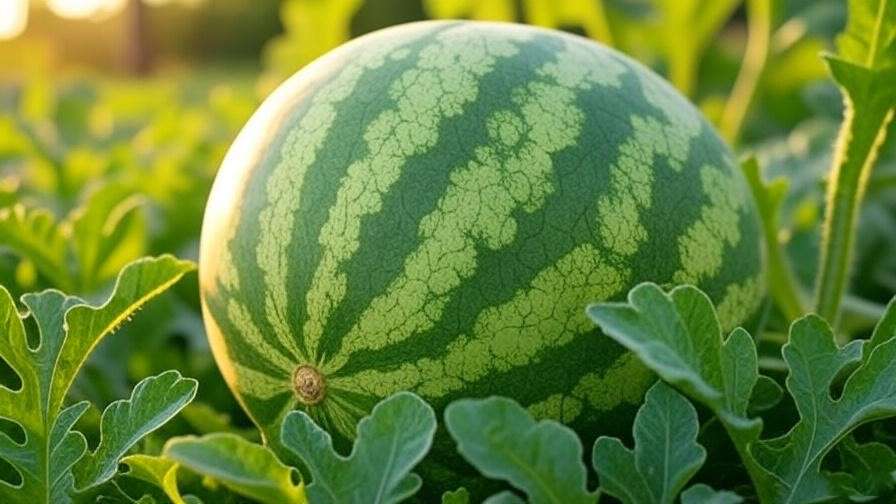Picture this: you’re standing in your garden, slicing into a vibrant seedless yellow watermelon, its golden flesh glistening under the summer sun, bursting with sweet, juicy flavor. This isn’t just a dream—it’s a reality you can achieve with the right knowledge and care. Growing a seedless yellow watermelon is a rewarding journey for any gardener, offering a unique, delicious fruit that’s as beautiful as it is tasty. Whether you’re a seasoned horticulturist or a beginner eager to cultivate this specialty crop, this comprehensive guide will walk you through every step to ensure a bountiful harvest.
As a horticulturist with over a decade of experience in fruit cultivation, I’ve grown countless watermelon varieties, including the stunning seedless yellow watermelon. In this article, you’ll find science-backed advice, practical tips, and expert insights to help you grow these vibrant fruits successfully. From choosing the right seeds to harvesting at peak ripeness, we’ll cover everything you need to know to address the challenges and savor the rewards of growing seedless yellow watermelons.
What Is a Seedless Yellow Watermelon?
Origins and Characteristics
Seedless yellow watermelons are a modern marvel of horticulture, created through careful crossbreeding of tetraploid and diploid watermelon varieties. Unlike traditional watermelons, these hybrids produce sterile seeds, resulting in a seedless fruit that’s perfect for hassle-free eating. Their golden-yellow flesh is crisp, juicy, and often sweeter than their red-fleshed counterparts, with a honey-like flavor that delights the palate. Popular varieties like Yellow Doll and Buttercup are prized for their compact size and intense sweetness, making them ideal for home gardens.
These watermelons typically have striped green rinds, similar to traditional varieties, but their vibrant interior sets them apart. According to Dr. Sarah Thompson, a watermelon breeder at the University of Georgia, “Seedless yellow watermelons are gaining popularity for their unique aesthetic and exceptional flavor, making them a standout choice for both gardeners and chefs.”
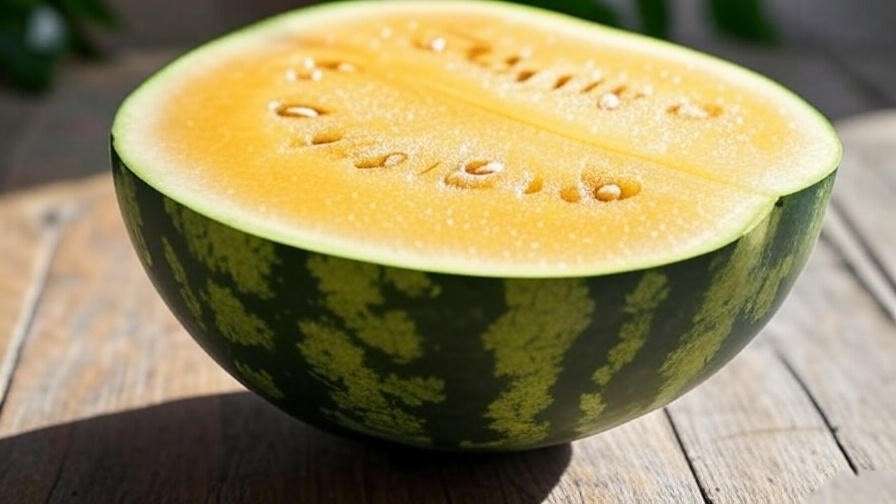
Why Choose Seedless Yellow Watermelons?
Why opt for seedless yellow watermelons? Beyond their eye-catching color and sweet taste, they offer practical benefits. Their seedless nature makes them perfect for kids, picnics, or culinary creations like smoothies and salads. They’re also in high demand at farmers’ markets due to their novelty and flavor, offering small-scale growers a profitable niche. For home gardeners, they’re a fun way to diversify your crop while impressing neighbors with something unique. Plus, their manageable size—often 5–15 pounds—makes them easier to grow than larger traditional varieties.
Understanding the Growing Requirements
Climate and Season
Seedless yellow watermelons thrive in warm climates with temperatures between 70–85°F. They require a long growing season, typically 80–100 days from planting to harvest. In regions with shorter summers, you can extend the season using techniques like black plastic mulch to warm the soil or row covers to protect young plants from cool nights. For best results, plant after the last frost when soil temperatures reach at least 65°F. In cooler climates, consider starting seeds indoors or using a greenhouse to ensure consistent warmth.
Soil Needs
The foundation of a healthy watermelon crop is well-draining, loamy soil with a pH of 6.0–6.8. Test your soil using a home testing kit or send a sample to your local extension service for precise results. If the pH is too low, add lime; if too high, incorporate sulfur. Amend heavy clay soils with compost or sand to improve drainage, as watermelons hate “wet feet.” A nutrient-rich soil with plenty of organic matter, like composted manure or leaf mold, will support vigorous growth and fruit development.

Space and Sunlight
These sun-loving plants need full sun exposure—6–8 hours daily—for optimal photosynthesis and fruit ripening. Vining varieties, like Yellow Doll, require 10–15 feet of space per plant to sprawl, while bush varieties, like Mini Yellow, need less, making them ideal for smaller gardens or containers. Plan your garden layout to avoid shading from taller plants. For visual learners, a simple garden layout diagram can help: imagine a 12×12-foot plot with plants spaced 3–4 feet apart in rows, allowing vines to spread freely.
Step-by-Step Guide to Growing Seedless Yellow Watermelons
Step 1: Sourcing Quality Seeds or Starts
Seedless yellow watermelons are sterile hybrids, meaning their seeds won’t produce viable offspring without a pollinator variety nearby. Always purchase seeds from reputable suppliers like Johnny’s Selected Seeds or Burpee, which offer high-quality, disease-resistant varieties. Because seedless varieties rely on cross-pollination, plant a diploid (seeded) variety, such as Crimson Sweet, within 50 feet to ensure fruit set. A good rule of thumb is one pollinator plant for every two seedless plants. Check seed packets for specific variety requirements, like days to maturity or disease resistance.
Step 2: Starting Seeds Indoors
To get a head start, begin seeds indoors 4–6 weeks before your last frost date. Use peat pots or seed trays filled with a seed-starting mix to ensure good drainage. Plant seeds ½-inch deep, keep the soil at 75–85°F, and maintain consistent moisture without overwatering. A heat mat can help maintain optimal germination temperatures. Once seedlings emerge (7–10 days), place them in a sunny window or under grow lights for 12–16 hours daily. Thin to the strongest seedling per pot to avoid competition.
Step 3: Transplanting Seedlings
Transplant seedlings outdoors when they have 2–3 true leaves and soil temperatures are consistently above 65°F. Harden off plants over 7–10 days by gradually exposing them to outdoor conditions, starting with a few hours daily. Dig holes 12 inches apart, slightly deeper than the root ball, and mix compost into the soil. Place seedlings carefully, ensuring the root ball is intact, and water thoroughly. Apply a layer of organic mulch, like straw or wood chips, to retain moisture and suppress weeds.

| Transplanting Checklist | Details |
| Soil Temperature | 65°F or higher |
| Plant Spacing | 3–4 feet apart in rows, 6–8 feet between rows |
| Mulch | 2–3 inches of organic material |
| Initial Watering | 1–2 gallons per plant |
Step 4: Caring for Growing Plants
Watermelons need consistent care to thrive. Water deeply, providing 1–2 inches per week, ideally through drip irrigation to keep foliage dry and prevent disease. During fruit development, avoid letting the soil dry out completely, as this can lead to cracking. Fertilize with a balanced 10-10-10 fertilizer every 2–3 weeks until flowering, then switch to a phosphorus-heavy formula (e.g., 5-10-10) to support fruit growth. For space-saving, consider trellising vines with sturdy supports, using slings to hold developing fruits. Alternatively, use black plastic mulch to warm the soil and reduce weeds.
Step 5: Pollination and Fruit Development
Seedless watermelons require cross-pollination from a seeded variety to produce fruit. Bees are the primary pollinators, so plant pollinator-friendly flowers like marigolds or zinnias nearby to attract them. If bee activity is low, hand-pollinate by transferring pollen from male flowers (thin stem, no fruit base) to female flowers (small fruit base) using a small brush. Monitor fruit set, which occurs when small melons begin to grow. Each plant typically produces 2–4 fruits, depending on the variety and growing conditions.
Common Challenges and How to Overcome Them
Pest and Disease Management
Watermelons face threats from pests like aphids, cucumber beetles, and spider mites. Use organic controls like neem oil or insecticidal soap, applied early in the morning to avoid harming beneficial insects. Companion planting with marigolds or nasturtiums can deter pests naturally. Common diseases include powdery mildew (white patches on leaves) and fusarium wilt (wilting vines). Prevent mildew with good air circulation and avoid overhead watering. For wilt, choose resistant varieties and rotate crops annually. Dr. John Lee, a plant pathologist, recommends, “Regular scouting and early intervention are key to keeping watermelon crops healthy.”
Troubleshooting Poor Fruit Set
If your plants aren’t producing fruit, the issue may be insufficient pollination, nutrient deficiencies, or water stress. Ensure a pollinator variety is nearby and attract bees with flowering plants. Test soil for nitrogen, phosphorus, and potassium levels, amending as needed. Maintain consistent watering, especially during flowering and fruiting, to prevent stress. If problems persist, consult your local extension service for tailored advice.
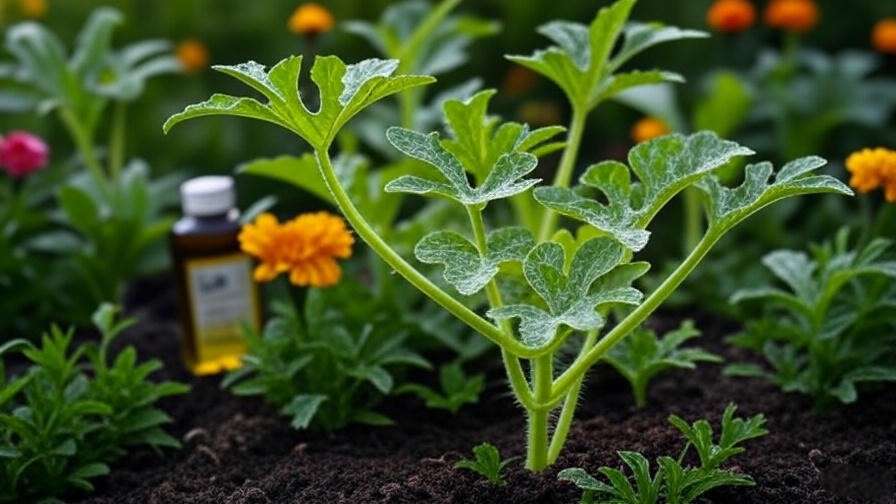
Preventing Cracking or Bland Fruit
Cracking occurs when watering is inconsistent or fruits over-ripen. Use a soaker hose or drip system to maintain even moisture, and check soil with a moisture meter if unsure. To maximize flavor, harvest at peak ripeness—when the tendril nearest the fruit dries and the rind takes on a dull sheen. Avoid over-fertilizing with nitrogen, as it can dilute sweetness. A soil test before planting can help balance nutrients for optimal flavor.
Harvesting and Storing Your Seedless Yellow Watermelon
When and How to Harvest
Knowing when to harvest your seedless yellow watermelon is critical for peak flavor and texture. Look for these telltale signs of ripeness: the underside of the melon turns creamy yellow, the rind takes on a dull, waxy sheen, and tapping the fruit produces a hollow sound. The tendril closest to the fruit should be dry and brown. Using clean, sharp shears, cut the melon from the vine, leaving a 2-inch stem to prevent rot. Avoid twisting or pulling, as this can damage the plant or fruit. Harvest in the morning when temperatures are cooler to preserve freshness.
Storage Tips
Once harvested, seedless yellow watermelons can be stored at 50–60°F in a cool, dry place for 2–3 weeks. Avoid refrigerating whole melons for extended periods, as cold temperatures can degrade flavor. For cut melons, wrap tightly in plastic wrap and refrigerate for up to 5 days. For longer-term use, consider freezing the flesh in cubes for smoothies or blending it into juice for freezing. A fun way to enjoy your harvest is to make a seedless yellow watermelon sorbet: blend the flesh with a touch of lemon juice and simple syrup, then freeze in an ice cream maker for a refreshing treat.
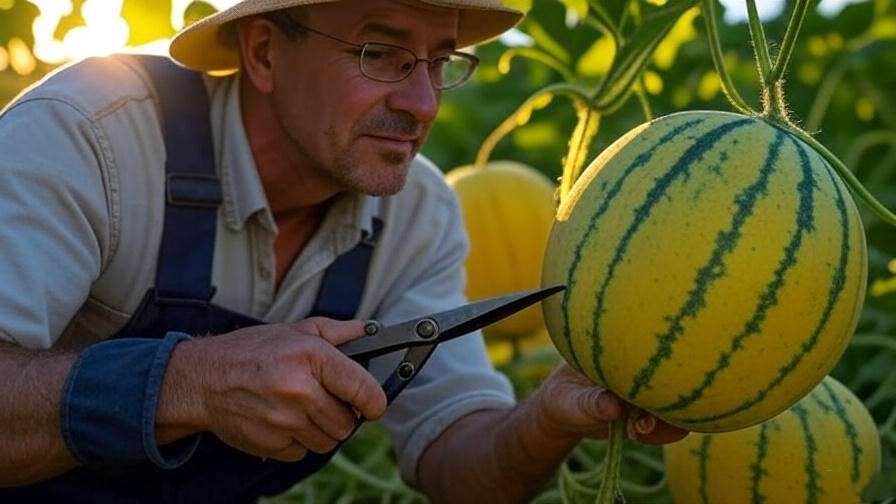
Expert Tips for Maximizing Yield and Flavor
To elevate your watermelon game, incorporate these expert strategies. First, use organic mulch like straw or wood chips to retain soil moisture and suppress weeds, reducing competition for nutrients. Second, prune secondary vines after the plant sets 2–3 fruits to direct energy toward fruit development; snip vines just beyond the fruit, leaving a few leaves for photosynthesis. Third, test your soil every 4–6 weeks during the growing season to monitor nutrient levels, adjusting with organic fertilizers as needed. Dr. Emily Carter, a watermelon breeder, advises, “Balancing soil nutrients and timing your harvest are the secrets to achieving that perfect, sugary sweetness in yellow watermelons.”
For space-constrained gardens, trellising is a game-changer. Use sturdy A-frame trellises and support developing fruits with mesh slings to prevent vine stress. This method not only saves space but also improves air circulation, reducing disease risk. Finally, consider companion planting with herbs like basil or flowers like marigolds to naturally deter pests and attract pollinators, boosting your yield.
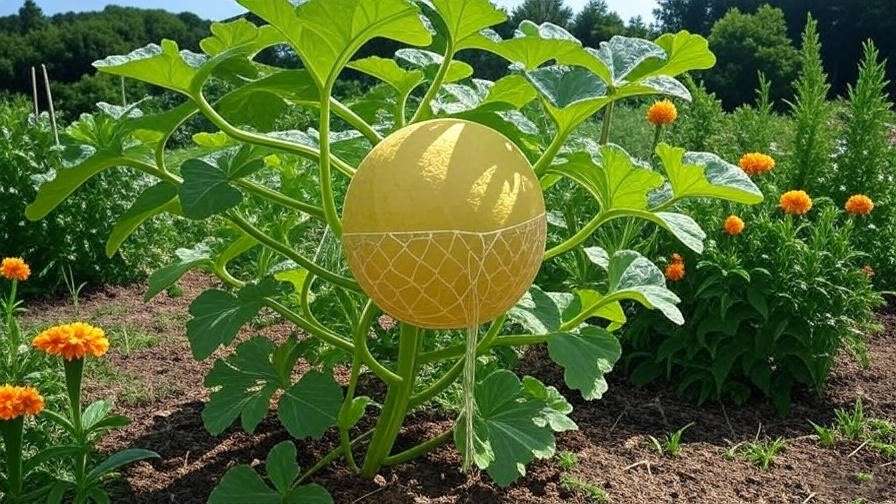
FAQs About Growing Seedless Yellow Watermelons
Q1: Why don’t my seedless watermelons produce fruit?
A: Poor fruit set is often due to insufficient pollination. Ensure you’ve planted a diploid (seeded) variety nearby, as seedless watermelons rely on cross-pollination. Attract bees with pollinator-friendly plants like zinnias or cosmos. If bee activity is low, try hand-pollination using a small brush to transfer pollen from male to female flowers.
Q2: Can I grow seedless yellow watermelons in containers?
A: Yes, bush varieties like Mini Yellow are perfect for containers. Use a 15–20-gallon pot with well-draining soil and ensure full sun exposure. Provide a small trellis or support for vines, and water consistently to prevent stress. Containers should have drainage holes to avoid waterlogging.
Q3: How do I know if my soil is suitable?
A: Test your soil’s pH and nutrient levels using a home testing kit or extension service. Aim for a pH of 6.0–6.8 and enrich with compost if nutrient levels are low. Sandy loam is ideal for drainage, but heavy soils can be amended with organic matter like composted manure.
Q4: Are seedless yellow watermelons harder to grow than seeded ones?
A: They’re slightly more challenging due to their pollination requirements, but with a nearby seeded variety and proper care, they’re manageable. Follow the steps in this guide—consistent watering, balanced fertilization, and pest management—to ensure success.
Conclusion
Growing a seedless yellow watermelon is a delightful and achievable endeavor that brings vibrant color and sweet flavor to your garden. With their seedless convenience, stunning golden flesh, and market appeal, these melons are a fantastic addition for any gardener. By following this guide—sourcing quality seeds, providing optimal growing conditions, and tackling challenges like pests or poor fruit set—you’ll be well on your way to a bountiful harvest. Start your journey today, and soon you’ll be savoring the fruits of your labor, whether in a refreshing salad or a chilled sorbet.
Have you grown seedless yellow watermelons before? Share your tips or questions in the comments below! For more gardening insights, check out our related articles on companion planting or organic pest control. Happy growing up!













